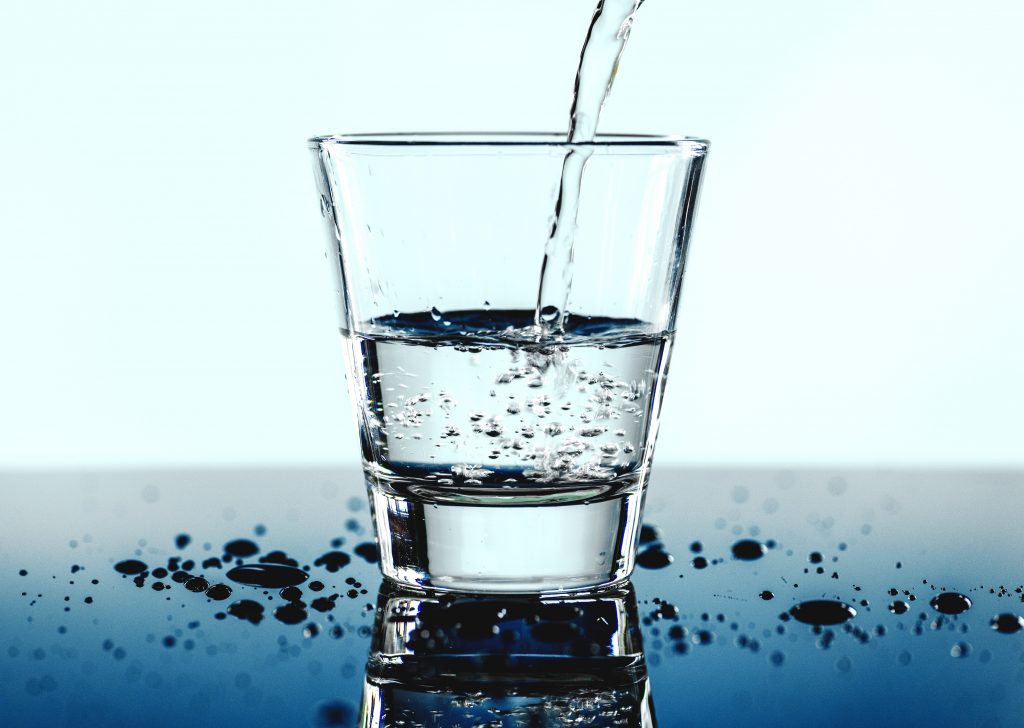
With colder temperatures and less tangible loss of fluids, it’s easy to lose track of your hydration. Being mindful of your fluid intake and hydration levels is a lot harder to do when you’re not seeing beads of sweat of feeling the effects of scorching heat. However, this only increases the threat of dehydration.
Dehydration is a year-round threat. It occurs any time you use or lose more fluids than you take in, causing your body to lack what it needs to continue its normal functioning. This can occur regardless of temperature. Appropriate water intake is critical to your body’s functioning, and it will begin to shut down without appropriate fluid levels.
Some common misconceptions for winter months may be that if you’re not sweating you’re not losing as much fluids, or a lack of thirst indicates adequate hydration. However, the winter simply presents new challenges for hydration. The air is drier and requires higher lung functioning. The harder our bodies work, the more fluids are needed. Our bodies are also naturally processing fluids throughout the day, so replenishment is necessary regardless of external circumstances.
Signs of Dehydration
- • Extreme thirst
- • Less frequent urination
- • Dark-colored urine
- • Fatigue
- • Dizziness
- • Confusion
Be mindful of these symptoms for yourself and those around you. The deceptive nature of colder weather may compromise the safety others.
Combatting Winter Dehydration
The first step is mindfulness. Now you know that hydration is a critical component of health and safety regardless of the season.
Make a plan for intaking the same amount of fluids, even when you’re not prompted by thirst. Set a goal for ounces consumed per day and use that to determine effective hydration.
Be mindful that not all liquids are created equal. Common beverages of choice in the cold, such as coffee or tea with caffeine, actually have the opposite effect. The same is true for soda. Water is the best hydrator, but in colder months herbal teas that are caffeine free can be beneficial as well.
Consider the safety of yourself and others as you consider making a concerted effort toward hydration. It is easy to prevent, but also easy to experience. Make a system and implement accountability in hydration on your team.